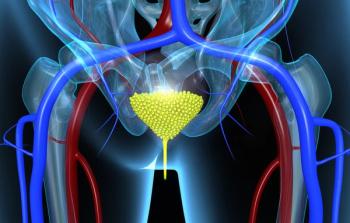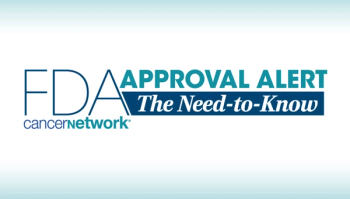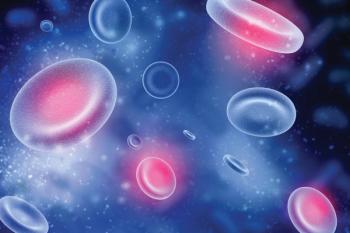
Vikram Narayan, MD, Discusses Nadofaragene, Anti-Adenovirus Antibodies and Cystectomy for Patients with NMIBC
Narayan expanded on the other studies he contributed to from SUO investigating nadofaragene for patients with NMIBC.
Vikram Narayan, MD, spoke with CancerNetwork to expand on research published at the 21st Annual Meeting of the Society of Urologic Oncology to treat patients with non-muscle invasive bladder cancer (NMIBC).
Transcription:
One of the other projects we looked at was to measure anti-adenovirus antibodies in patients before each of the treatment doses. So, again, this is an adenovirus-based therapy. We measured anti-adenovirus antibodies in the patients, and we looked to see if that correlated to treatment response. What we found was that significantly more patients who had a 2-fold greater than baseline level of adenovirus antibodies had achieved a complete response compared to non-responders. This may have implications in terms of being able to predict who treatment responders might be and we’re investigating that further.
The last poster that we looked at looked specifically at the question of cystectomy. So, as you know, this is meant to be a bladder sparing treatment option. One question is, well does it prevent or prolong the time to cystectomy, if at all? What our analysis showed was that, among those who eventually underwent cystectomy, patients who had achieved a complete response having received nadofaragene managed to hold off significantly longer than patients who had not achieved a complete response in terms of time to cystectomy. That was found in both groups. There were 2 groups in the study, a CIS group and a non-CIS group, and both groups that was identified in.
Newsletter
Stay up to date on recent advances in the multidisciplinary approach to cancer.






















































































